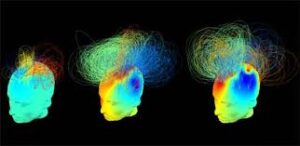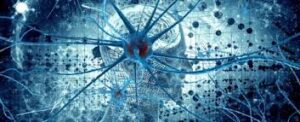The Scientist of Consciousness is the magician of old. The magician, the shaman, the witch: these forbearers of humanity’s spiritual traditions were our world’s first scientists. It was only later, when the outer senses replaced the Inner Sense as a means of investigation and exploration – the accumulation of “facts” for their own sake, the acquiring of knowledge without meaning – that the scientist’s role became de-spiritualized, secularized and developed
The work at hand is to spiritualize and make scared the experiences of humans on Earth at this time, though collaborations with Beings of Light. Now I do not mean to offend when I exclude organized religions from this discussion. If we are getting what we need from our religion, by all means continue. That is my advice to you.
However, if you feel that your evolution as a Soul is stagnant and you are not getting what you need from your religion to see you through the coming transformation, then I would advise to try the methods in my blog. Keep affiliation and use these ideas as an adjunct to our practice.
There is much good in the mainstream religions and there are opportunities in all of them to achieve the enlightened state necessary to make the transition into the Fourth Dimension. Unfortunately, these opportunities are often hidden under the great weight of dogma and misconception that clouds meaning and disempowers the individual.
This is why I counsel my blog reader, to accept nothing into your heart that goes against your very nature as a child born in love out of the creative power of All That Is. Make up your own mind. Think for your own self. Accept no ideas, including the ideas in this blog, if your intuitive voice tells you they are not right for You-the-Soul.









































































